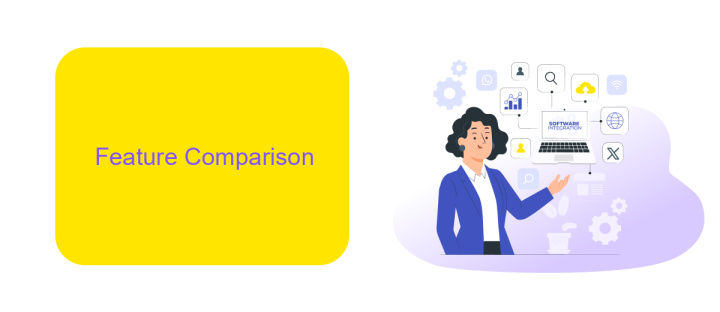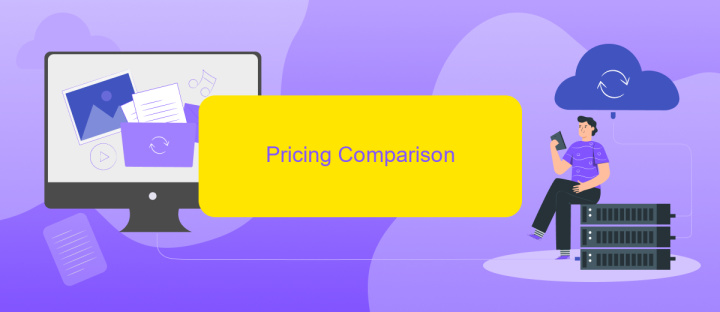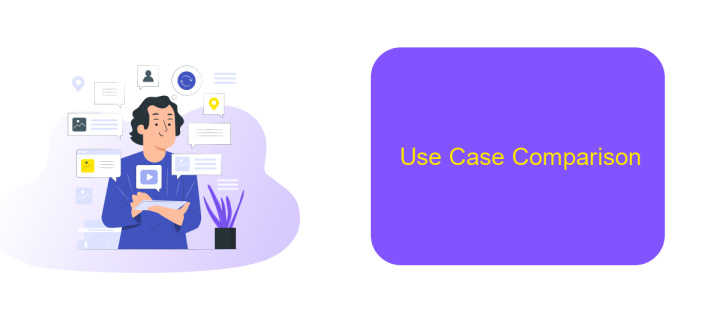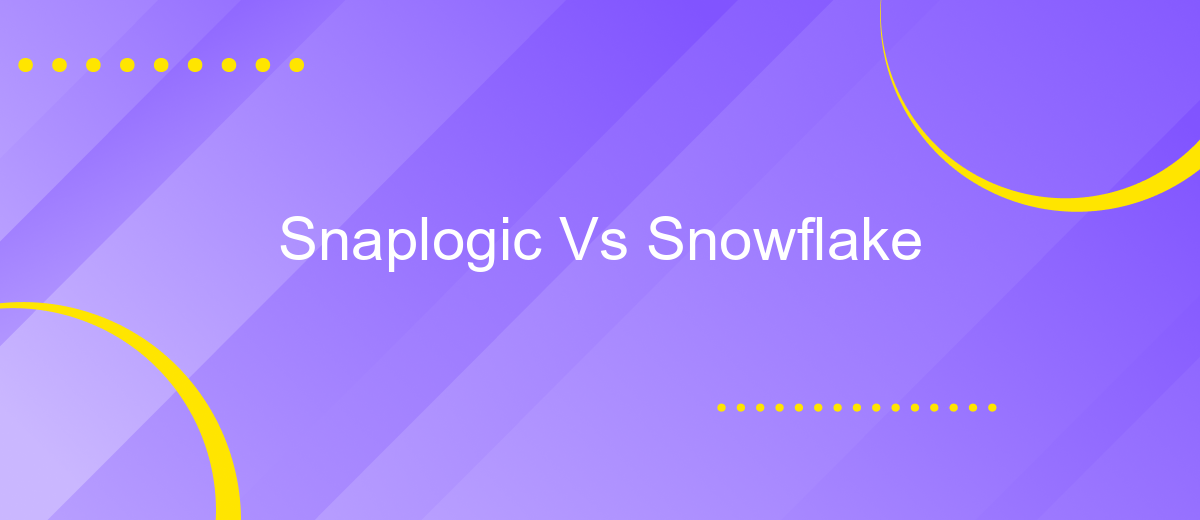Snaplogic Vs Snowflake
In the rapidly evolving landscape of data integration and cloud computing, choosing the right tools is crucial for business success. This article delves into a comparative analysis of SnapLogic and Snowflake, two leading platforms that offer unique capabilities for data management and analytics. We will explore their features, strengths, and potential drawbacks to help you make an informed decision for your organization's needs.
Introduction
In the rapidly evolving landscape of data management and integration, choosing the right tools is crucial for businesses aiming to stay competitive. SnapLogic and Snowflake are two prominent platforms that cater to these needs, each offering unique features and capabilities. Understanding the strengths and differences between these two can help organizations make informed decisions about their data strategies.
- SnapLogic: A robust integration platform as a service (iPaaS) that enables seamless data integration and automation across various applications and systems.
- Snowflake: A cloud-based data warehousing solution known for its scalability, performance, and ability to handle diverse data workloads efficiently.
While SnapLogic excels in providing a user-friendly interface for integrating disparate systems, Snowflake stands out with its powerful data warehousing capabilities. Additionally, services like ApiX-Drive can further enhance the integration process by offering automated workflows and real-time data synchronization, ensuring that businesses can leverage the strengths of both platforms effectively. This comparison aims to shed light on the key aspects of SnapLogic and Snowflake, helping you determine which solution aligns best with your organizational needs.
Feature Comparison

Snaplogic and Snowflake offer distinct feature sets tailored to different aspects of data management. Snaplogic excels in its integration capabilities, providing a user-friendly interface for connecting various data sources and applications. It supports real-time data integration and offers pre-built connectors for popular services, making it an excellent choice for businesses looking to streamline their data workflows. Additionally, Snaplogic's cloud-based architecture ensures scalability and flexibility, accommodating the evolving needs of enterprises.
On the other hand, Snowflake is renowned for its robust data warehousing solutions. It provides a highly scalable and efficient platform for storing and analyzing large volumes of data. Snowflake's unique architecture allows for seamless data sharing and collaboration across multiple teams and departments. It also offers advanced security features and compliance with industry standards, ensuring data integrity and protection. While Snaplogic focuses on integration, Snowflake excels in data storage and analytics, making them complementary tools in a comprehensive data strategy.
Pricing Comparison

When comparing the pricing models of SnapLogic and Snowflake, it's essential to consider the unique features and benefits each platform offers. SnapLogic primarily focuses on integration and automation, while Snowflake is a data warehousing solution. Both have distinct pricing structures that cater to different business needs.
- SnapLogic: SnapLogic offers a subscription-based pricing model, which is typically structured around the number of integration tasks and the level of support required. The cost can vary significantly based on the complexity and volume of data integration projects.
- Snowflake: Snowflake uses a consumption-based pricing model, which charges based on the amount of data stored, the compute resources used, and the duration of queries. This model provides flexibility, allowing businesses to scale their usage according to their needs.
For businesses seeking to streamline their integration processes, services like ApiX-Drive can be beneficial. ApiX-Drive offers automated integration solutions that can complement both SnapLogic and Snowflake, making it easier to manage data flows and optimize costs. By leveraging these tools, organizations can achieve a more efficient and cost-effective data management strategy.
Use Case Comparison

When comparing SnapLogic and Snowflake, it's essential to understand their use cases. SnapLogic is primarily an integration platform as a service (iPaaS), focusing on data integration, application integration, and API management. Snowflake, on the other hand, is a cloud-based data warehousing solution designed for data storage, processing, and analytics.
SnapLogic excels in scenarios where businesses need to integrate multiple applications and data sources seamlessly. It provides a user-friendly interface and pre-built connectors, making it easier to connect disparate systems. Snowflake is ideal for organizations that require scalable and efficient data warehousing solutions, enabling advanced analytics and business intelligence.
- SnapLogic: Best for real-time data integration and API management.
- Snowflake: Optimal for scalable data storage and complex analytics.
- ApiX-Drive: Facilitates easy integration setup between various platforms.
While SnapLogic and Snowflake serve different primary functions, they can complement each other in a comprehensive data strategy. For instance, businesses can use SnapLogic for real-time data integration and Snowflake for storing and analyzing large datasets. Additionally, services like ApiX-Drive can further simplify the integration process, ensuring seamless connectivity across platforms.
Conclusion
In conclusion, both Snaplogic and Snowflake offer robust solutions for data integration and management, each with its unique strengths. Snaplogic excels in providing a comprehensive Integration Platform as a Service (iPaaS) solution that simplifies the integration of various data sources and applications through its intuitive, low-code interface. On the other hand, Snowflake stands out with its powerful data warehousing capabilities, offering scalability, performance, and seamless data sharing across multiple cloud environments.
When deciding between Snaplogic and Snowflake, it is crucial to assess your organization's specific needs and objectives. For enterprises requiring extensive data integration with various applications, Snaplogic might be the better choice. Meanwhile, organizations focused on leveraging advanced analytics and managing large-scale data in a highly scalable environment may benefit more from Snowflake. Additionally, services like ApiX-Drive can further enhance your integration capabilities, providing automated workflows and seamless data transfers between your chosen platforms. By carefully evaluating these factors, you can make an informed decision that aligns with your strategic goals.


FAQ
What are the primary differences between SnapLogic and Snowflake?
Can SnapLogic and Snowflake be used together?
Which platform is better for data transformation tasks?
How do I decide which platform to use for my business needs?
Are there services that can help with the integration and automation setup between SnapLogic and Snowflake?
Apix-Drive is a universal tool that will quickly streamline any workflow, freeing you from routine and possible financial losses. Try ApiX-Drive in action and see how useful it is for you personally. In the meantime, when you are setting up connections between systems, think about where you are investing your free time, because now you will have much more of it.

